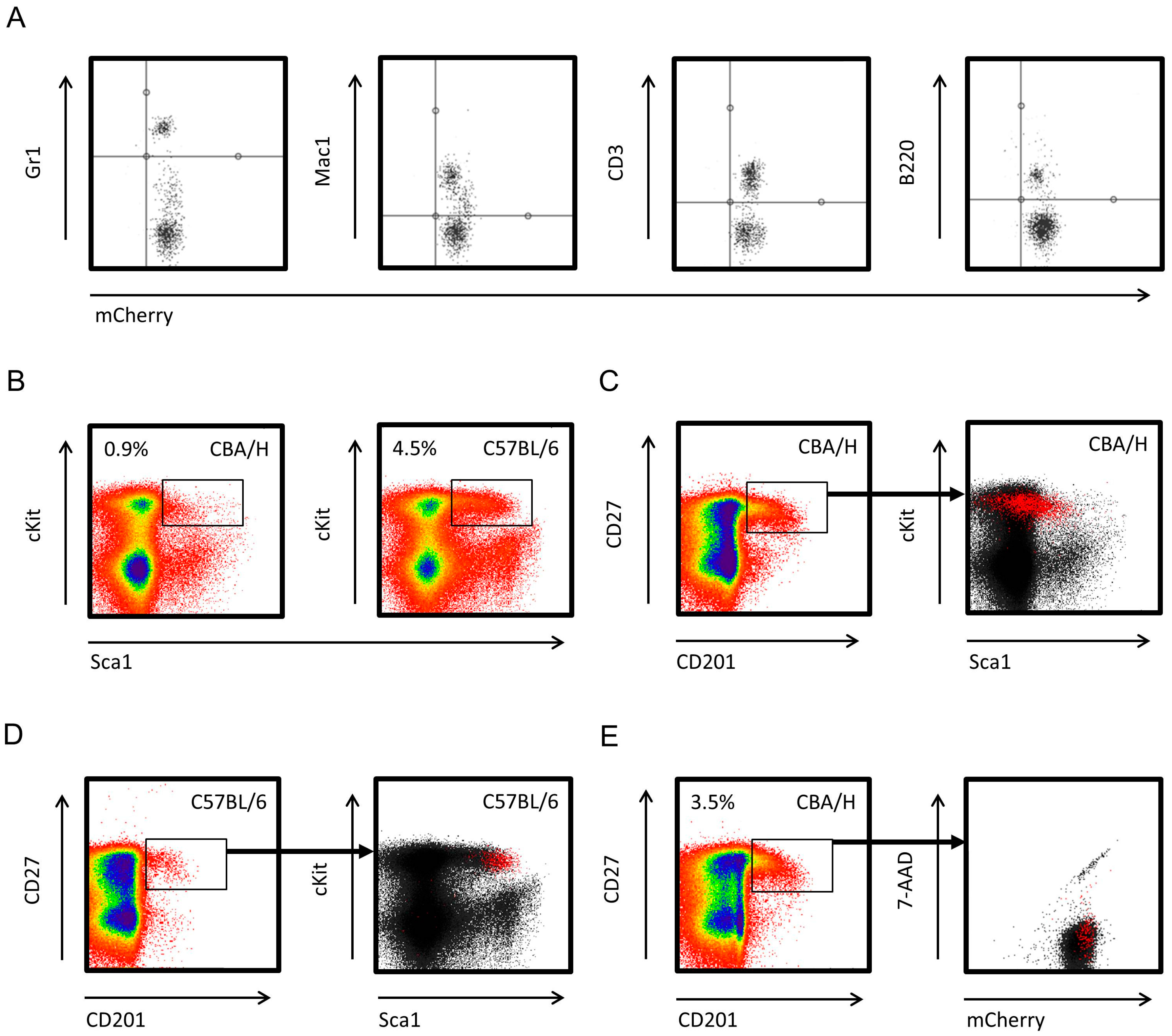

In conclusion, this study showed that the hu-NOD/SCID mouse is not a suitable preclinical model to study the allograft rejection mechanisms of encapsulated human islets. Bosma and his team in the 1980s at the Fox Chase Cancer Center (Philadelphia, PA). Using cytokine complementary DNA arrays, we identified genes. NCG and NOD-SCID (CRL) mice were each implanted subcutaneously with 1x107LNCaP tumor cells in 50 Matrigel®(Corning). Tumor growth comparison among immunodeficient strains. The mice developed multicentric lymphoma along with HHM and increased parathyroid hormone-related protein (PTHrP) as occurs in dogs with T-cell lymphoma. Male NOD- SCID (CRL) mice were used for comparison purposes. The ability of encapsulated islets to survive in this mouse model might partly be attributed to the presence of Th2 cytokines IL-4 and IL-10, which are known to induce graft tolerance. The scid (Severe Combined Immunodefi ciency) muta on was discovered by Dr. Nonobese diabetic/severe combined immunodeficiency (NOD/SCID) mouse as a model system to study the engraftment and mobilization of human peripheral blood stem cells. We developed the first xenograft model by injecting lymphoma cells from an Irish Wolfhound intraperitoneally into NOD/SCID mice. Prkdcscid autosomal recessive, protein kinase, DNA activated, catalytic polypeptide. Though the engrafted T cells caused a small fibrotic overgrowth around the microencapsulated human islets, this failed to stop the encapsulated islets from functioning in the diabetic recipient mice. Animal Resources Centre > Animals Models > Mutant Mice > NOD/SCID. In this study, we used NSG mice with null alleles for MHC class I beta2-microglobulin. However, engraftment of leukemia cells without irradiation pre-conditioning still remained a challenge. In this model, human T cell engraftment could be achieved, and CD45+ cells were observed in the spleen and peripheral blood. Later, NOD/SCID mice deficient for interleukin 2 receptor gamma chain (IL2R) gene called NSG mice became the model of choice for leukemia xenografts. In this study, we investigated the usefulness of NOD/SCID mice reconstituted with human PBMCs (called humanized NOD/SCID mice) as a preclinical model. This warrants the need for a suitable small animal model. The major reason for this is limited understanding of what occurs when encapsulated human islets are allografted. To establish a more appropriate animal recipient for xenotransplantation, NOD/SCID/gamma (c) (null) mice double homozygous for the severe combined immunodeficiency (SCID) mutation and interleukin-2Rgamma (IL-2Rgamma) allelic mutation (gamma (c) (null)) were generated by 8 backcross matings of C57BL/6J-gamma (c) (null) mice and NOD/Shi-scid mice. Recent clinical trials using microencapsulated human islets in barium alginate showed the presence of dense fibrotic overgrowth around the microcapsules with no viable islets. Despite encouraging results in animal models, the transplantation of microencapsulated islets into humans has not yet reached the therapeutic level.


 0 kommentar(er)
0 kommentar(er)
